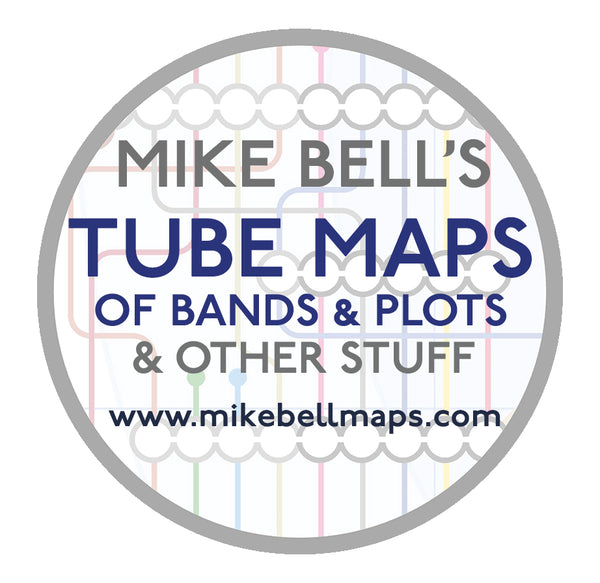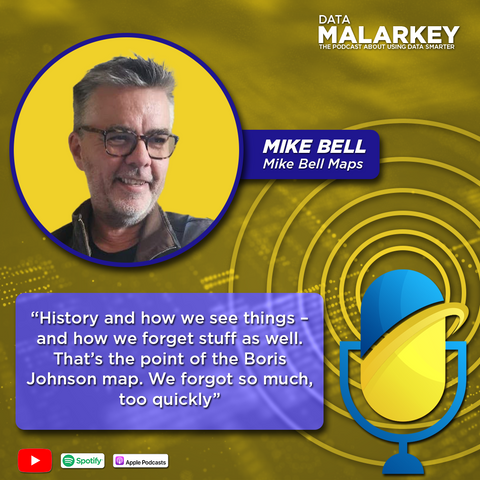Why Underground Maps?
During lockdown, I daydreamed about impossible journeys. My mapping of such in my head went a bit weird. I started thinking about tube and underground (transit) maps, and how they could help us navigate other non-places.
Having previously worked my way up from a floor-sweeper in a touring sound company's warehouse, to show designer for corporate gods, and everything in-between, and having worked with both data (crew & kit management) through to content production & creating spaces in 3D & real life, I decided to find a new medium that could make use of all those skills and experiences.
Bands and how they connect, through albums, and then often disconnect around them, had always intrigued me - having seen some of these individuals close-up (and dirty) plotting their histories became my lockdown interest.
Using my spreadsheet fetish (you can hear about it here), and my CAD software my plotting began! A podcast about me has just been released:
Via social media, I was challenged to map The Fall's studio album history as an underground map. It (eventually) worked after version thirteen! Their studio albums had an incredible journey to show, as do others - from Bowie through to The Who, and others.
My Bruce Springsteen albums line-up map is now included in his official archive in the USA.
In addition I took to other subjects - character intersections in real life and film. My 'Plot Lines' designs cover films and novels. On these each tube line represents a character, each interchange when they, well, interchange, along with individual 'stops' in the development of the plot.
In addition, I produce tube maps of POLITICS, F1, and WAYS TO .. all being added to all the time.
Subscribe for updates & offers
Be the first to know about new maps and online offers.

